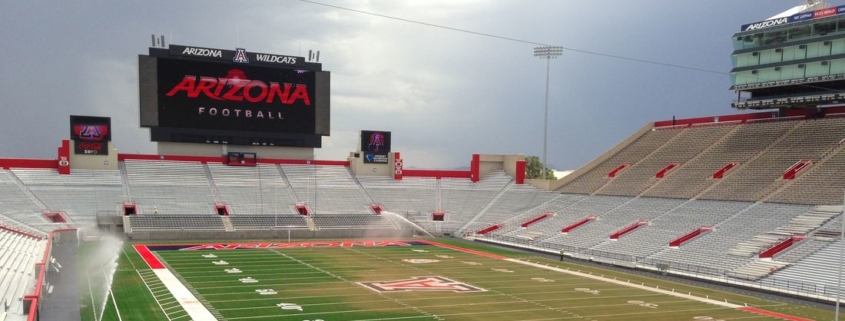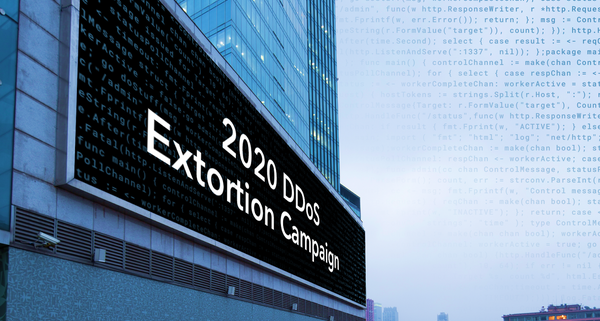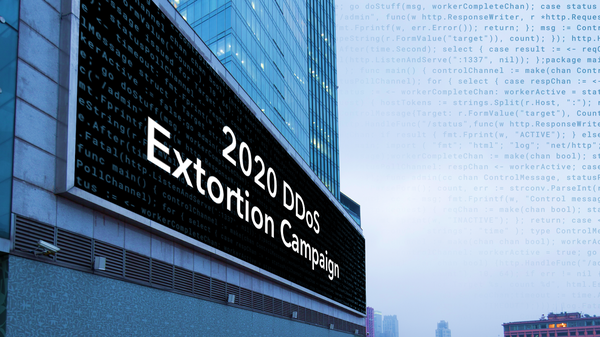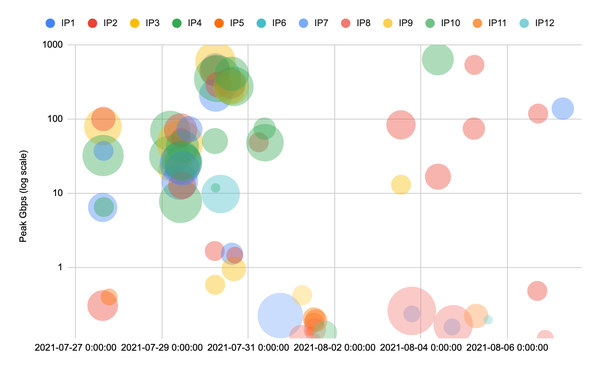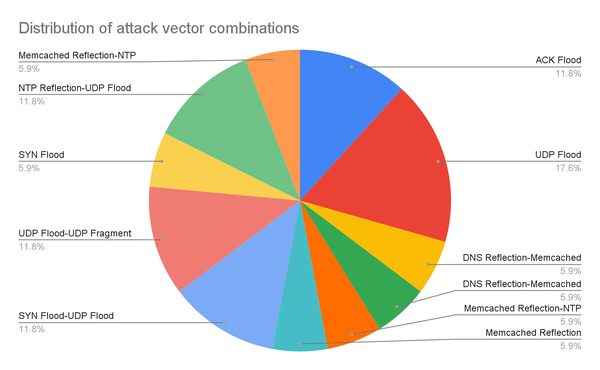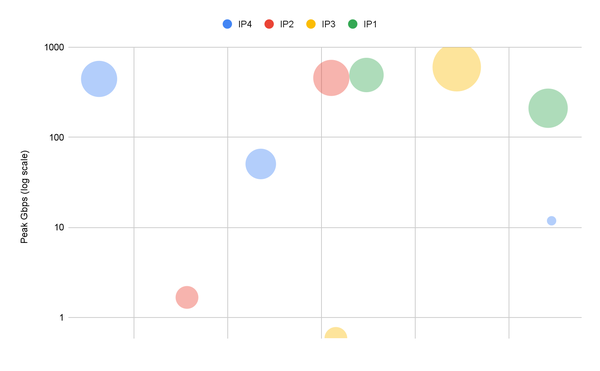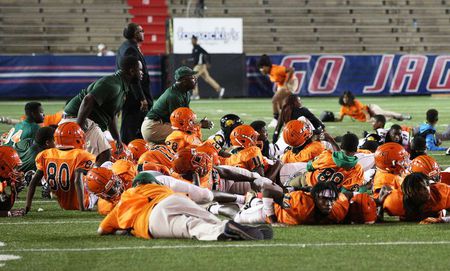Arizona AD apologizes for football stadium entry delays, promises improvement for NAU game
Following a less-than-desirable debut of new security measures and a mobile ticketing system at Arizona Stadium, UA athletic director Dave Heeke has issued a formal apology.
“I want to apologize to those who were unable to fully enjoy that exceptional experience,” Heeke said in his Wildcat Wednesday newsletter. “We fell short in our obligation to provide you that experience. For that we sincerely apologize. We did not deliver.”
There were long delays entering the stadium for last week’s home opener against San Diego State, resulting in a very sparse crowd (other than in the Zona Zoo student section) at kickoff. By the time most of the announced crowd of 39,097 was in its seats the Wildcats were down 21-0, ultimately falling 38-14 for their 14th consecutive loss.
Heeke said the athletic department has been working to identify all the things that went wrong and come up with ways to fix them in time for this Saturday’s game against NAU. He said there will be additional staff at each gate and new queueing procedures will be in effect
“Our commitment remains to provide an outstanding game day experience for fans, and that means working tirelessly to resolve issues and deficiencies,” Heeke said. “These important elements of the fan experience will be better when we welcome you all for Saturday’s home football game versus Northern Arizona.”
Though Heeke said the mobile ticketing went well, he noted that ways for fans to help speed things up include making sure their tickets are up on their phone when they approach the gate, and he recommended fans enter at the gate closest to their seats.
